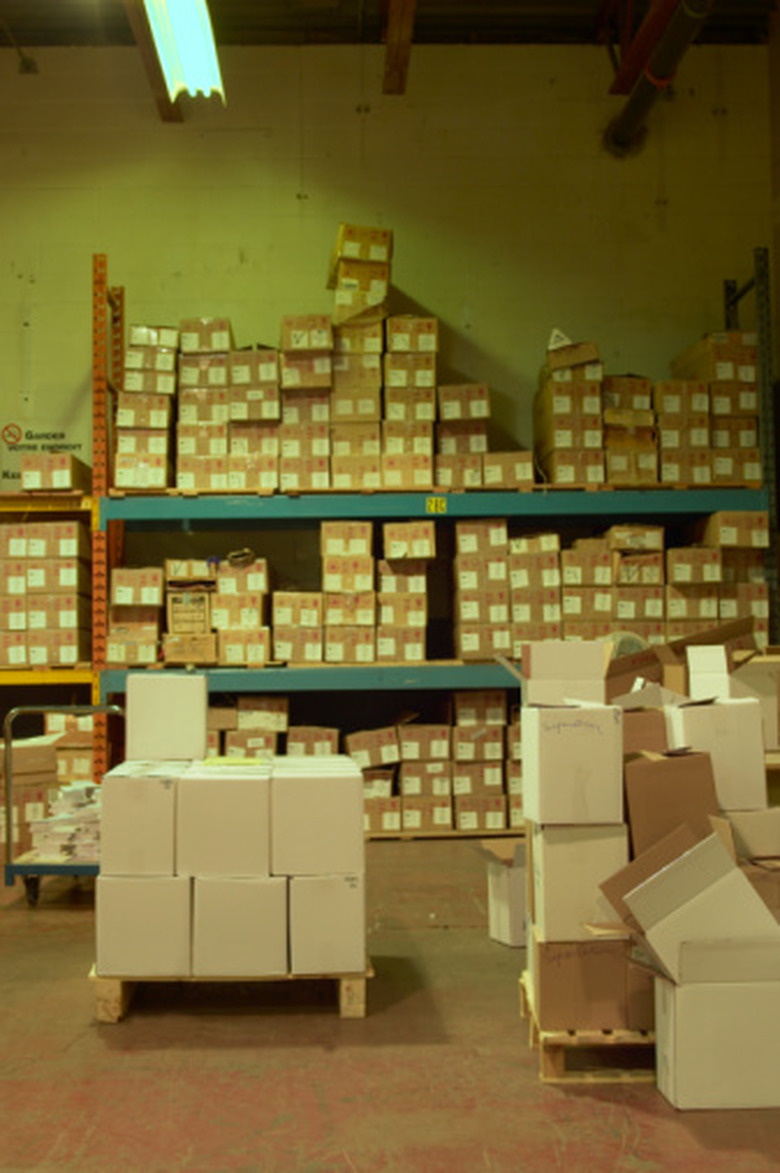How To Calculate The Dimensions Of A Carton
Moving, or shipping things, is a pain – finding boxes and fitting all kinds of oddly shaped objects inside of a box is the real-life version of Tetris! Luckily a little bit of math could help you figure out how big your boxes need to be.
Packing Tips
Packing Tips
In order to fit items into a carton or box without wasting room inside the box, it is a good idea to measure the item and determine the correct carton size.
Most shipping companies and services have standard box sizes. When you go to pick up boxes from the store, you may want to have looked online to know what sizes they sell, and which ones you need.
Start by measuring the dimensions of the object you need to pack. You can estimate irregular objects roughly as rectangular prisms. You need to know the maximum dimensions of the object, since you will need a box that can accommodate each dimension.
Each carton dimension must be sufficiently long enough, otherwise your object cannot fit properly into a single box.
What is a Shipping Box Size Calculator?
What is a Shipping Box Size Calculator?
It may be important to know the volume of the box or carton, which you can calculate from the dimensions. Therefore, a shipping box calculator may come in handy if you simply need a lot of volume to store or pack objects.
There are three dimensions needed to define the size of a box, unless the box is a perfect square. In that case, all three dimensions are equal, and then you can simply measure any one side with a ruler or tape measure.
The best way to determine which dimensions to measure, sit with any one side of the box facing you. Measure the height, H, and width, W, of the box face. Then the last dimension is the depth or length, L. Simply stand up and measure from the length of the top face, starting from the edge of the face you previously measured, to the back.
This way you can be sure that you do not accidentally measure the same dimension twice. Now that you have each measurement, the volume V of the box is all three dimensions multiplied:
\(V=H\times W\times L\)
You can easily compare the volume of different cartons or shipping boxes.
Shipping Box Weight
Shipping Box Weight
While you maybe able to pack a lot into one box, it may not be smart to make a box that is too heavy to move. Consider the density of what you are packing, so you can decide how best to pack it.
If you need to ship a blanket, you may need a large box with a large volume. However, because blankets are fairly light, even if the box is big it may not be that heavy. It is important to check shipping instructions for maximum weight allowances.
Books can be very heavy, and the weight can add up fast. The United States Postal Service allows for the shipping of books and educational material at a reduced rate, but there is a maximum weight of 70 pounds per box.
One way to pack a box with books is to pick a small box that is at least as large as the largest book that will need to fit in it. Then you can use a scale to measure the weight of each book before packing it.
You could also try fit in as many books as possible into the box and then weigh the whole box. If the box is overweight, you can slowly remove one book at a time until the box is no longer more than 70 pounds.
Cite This Article
MLA
Gupta, Lipi. "How To Calculate The Dimensions Of A Carton" sciencing.com, https://www.sciencing.com/calculate-dimensions-carton-8524034/. 22 December 2020.
APA
Gupta, Lipi. (2020, December 22). How To Calculate The Dimensions Of A Carton. sciencing.com. Retrieved from https://www.sciencing.com/calculate-dimensions-carton-8524034/
Chicago
Gupta, Lipi. How To Calculate The Dimensions Of A Carton last modified March 24, 2022. https://www.sciencing.com/calculate-dimensions-carton-8524034/
